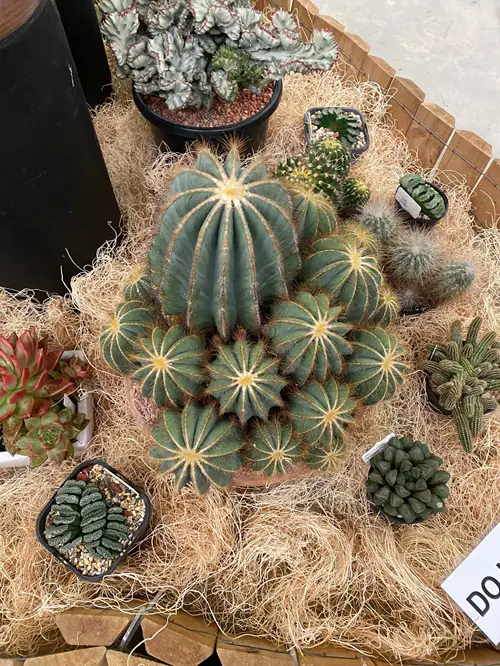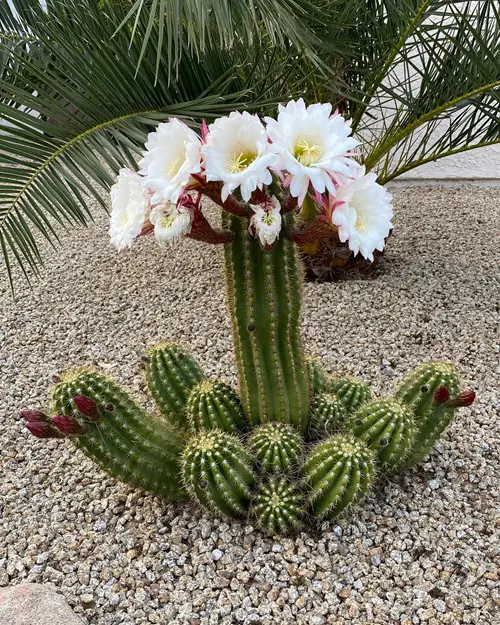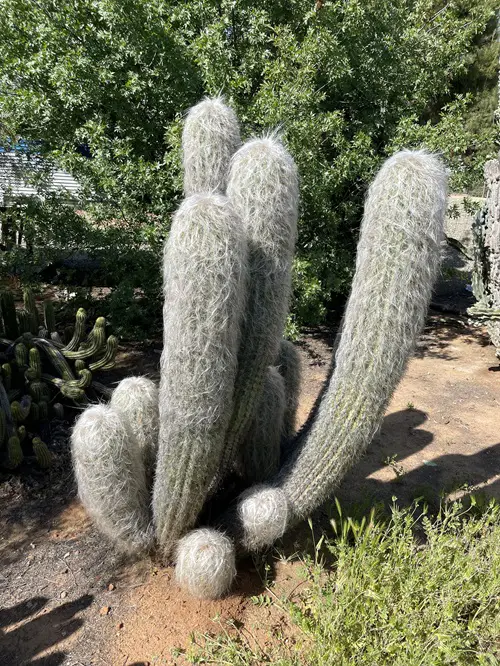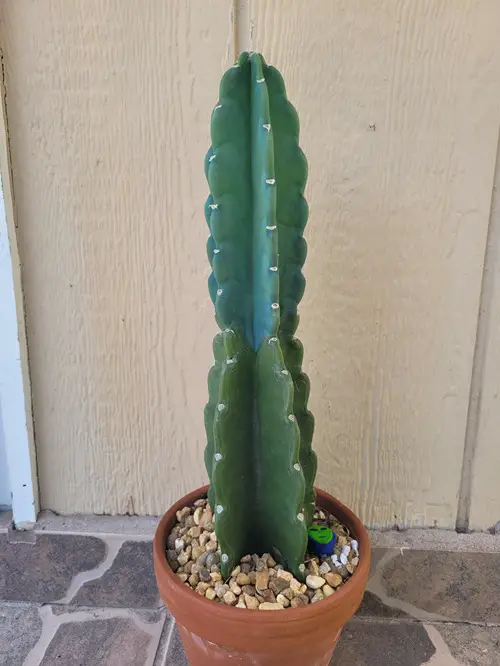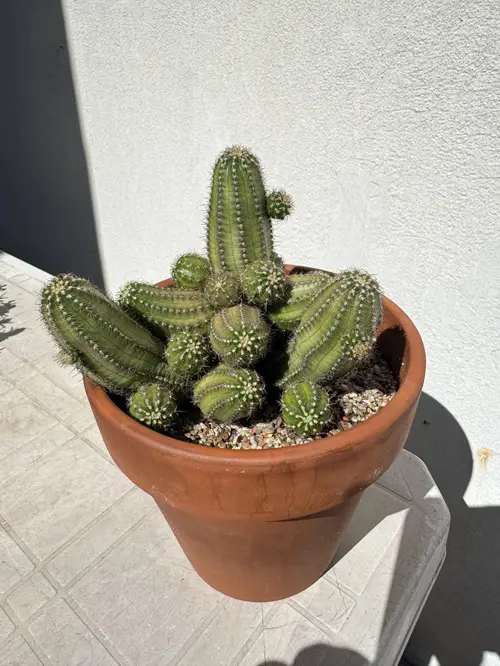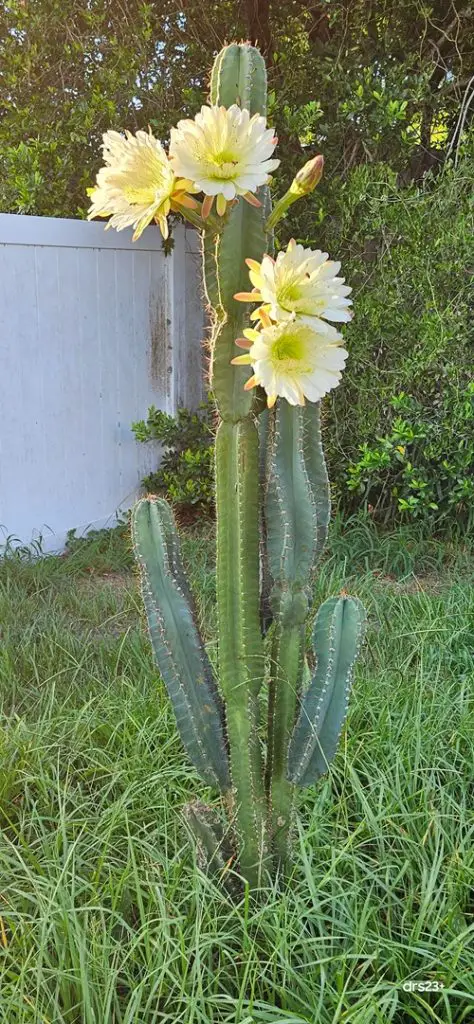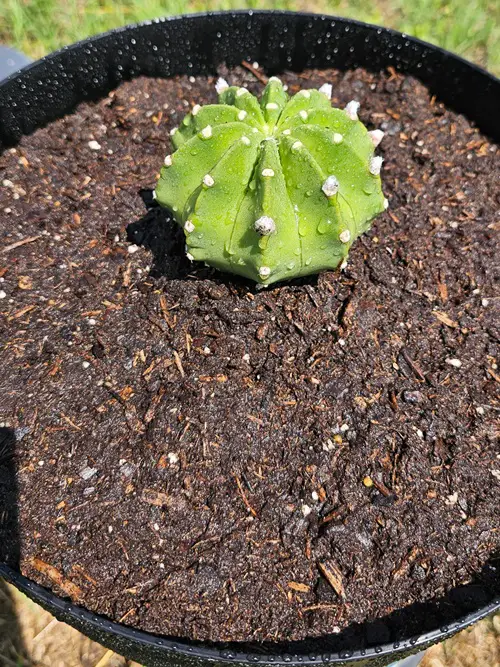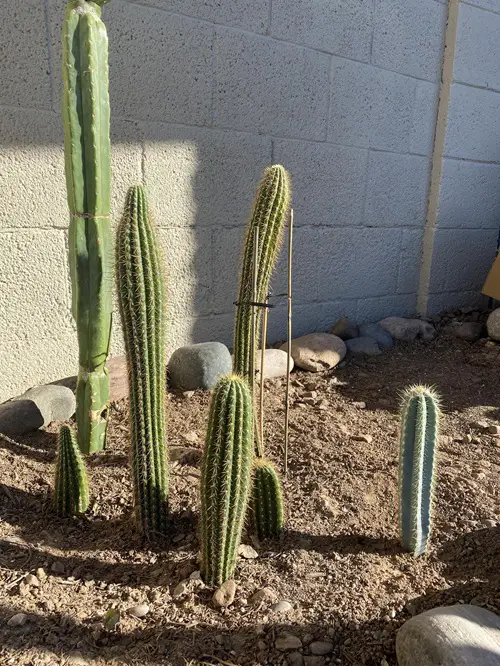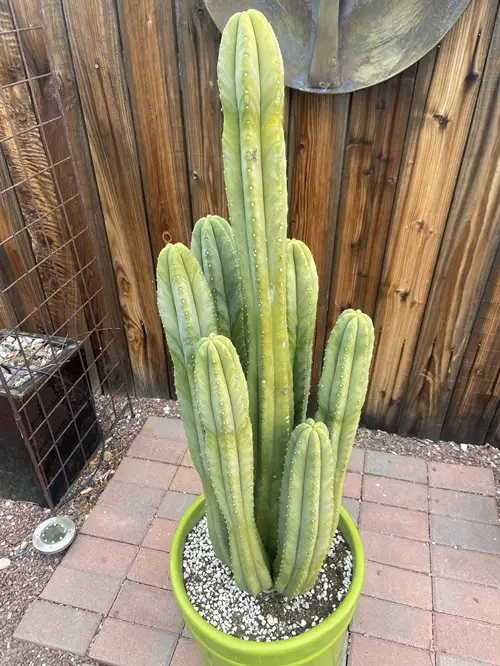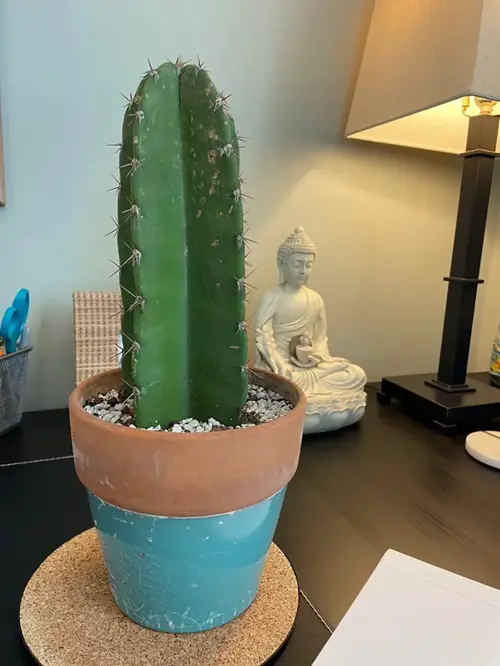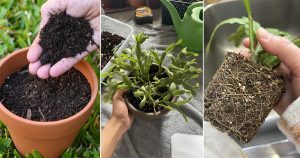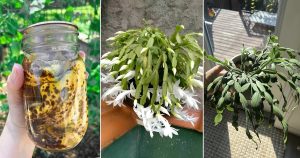Are Cacti annual or perennial? What is the difference between these two? If such questions bother you, then here is what will clear your mind!
Cacti are one of the most amazing and adorable houseplants that are loved for their long lifecycle, resilient nature, unique shapes and structures. While you take care of your beloved plants it is also important to know them well enough. Right? So, here you will learn about the nature of a Cactus and whether it is an annual or a perennial!
Difference Between Annuals and Perennials
Based on lifecycle, plants are categorized into annuals and perennials. A plant’s life begins from seed and completes when it bears flowers and fruits. Similarly, plants under the annuals category complete their lifecycle in only one growing season. For example: mustard, marigolds, petunias, lettuce, etc. On the other hand, Perennials grow strong year after year like the plants: mango, coconut, banana, bougainvilleas, china roses, and in this case cacti as well.
Now, have you heard the term Biennials? Then you must know that Biennials are also one category in which plants have comparatively a longer lifespan than annuals but shorter than perennials. Plants in this group take one full year to grow through the year and flower during the next year like onions.
Are Cacti Annual or Perennial?
First, let’s clear the confusion! Cacti are perennials because they can live for decades, unlike annuals that complete their lifecycle in a year and come back only the next season. Besides, their ability to survive in extreme conditions, slow growth rate, and ability to regenerate contribute to their long lifecycle of being perennial plants.
With proper care and environmental conditions, cacti can thrive and live in your garden for several years. Let’s learn more about their interesting lifecycle and the nature of growth that contributes to being such resilient perennials.
Factors that Cacti are Perennials
1. Longevity of Cacti
One big reason for their long lifecycle is their ability to survive in extreme weather conditions. They effortlessly adapt to arid desert conditions with limited water availability. Because of the development of their features like thick fleshy stems and spines, it has made itself a desert survivor. It helps them store water and protect them from predators.
These features help them to achieve a longer period of lifespan and as well as use their energy to keep them thriving through all kinds of weather and harm.
2. Slow Growth Rate
Did you know that the secret of growth slowly lies in promoting the long life cycle of Cacti? Yes, their ability to take it slow is what makes them both adaptable and live a long and healthy life. Cacti take years to mature and during this steady growth, they make themselves adapt to various kinds of weather adaptions.
They also experience seasonal growth changes that are influenced by temperature and moisture levels, allowing them to maximize their growth during optimal conditions while conserving their energy by undergoing a dormant phase when the conditions are not favorable.
3. Ability to Regenerate Offshoots
Cacti exhibit a unique behavior of producing offshoots that are also called pups from their base which is termed as vegetative reproduction. This ability to regenerate pups helps to bring out several baby cacti to keep the generations from coming through every year.
These pups appear during their active growing season from which they can grow into mature individual plants. You can separate them and plant them for better growth and development individually.
4. Seed Production
The flowering patterns of Cacti come with blooming once a year or twice depending on the environmental conditions. Also, they will produce an abundance of flowers in response to heavy rains. This helps them attract pollinators effectively leading to successful seed production.
Such ability to reproduce vegetatively and through seed production highlights why cacti are not just resilient but also designed for long-term survival.
Care Guide For a Long-Living Cacti
1. A Well-Draining Soil and Infrequent Watering
Cacti already store a lot of water in their fleshy stems and leaves so their growing medium shouldn’t be overly moist because they do not need it. After all, this is why they are drought-tolerant and if you ought to grow them in wet soil then it will rather lead to problems like root rotting, being prone to fungal infections, and so on.
So, give them a porous cacti potting mixture where the water drains out quickly. Also, when it comes to watering always check the top inch layer of the soil to see if the soil is already moist or wet. If it seems dry below one inch then only pour water or else don’t.
3. Plenty of Sunlight
As desert dwellers, they have the habit of growing under full sun exposure for long hours, and seems like they enjoy it. So, if you have cacti in your garden you need to give them that requirement to mimic their native environment. At least 6 hours of sunlight or bright indirect sunlight is what will keep them thriving.
Along with this, avoid growing them in low-light areas and if you have kept them indoors then it will be better to keep them near windowsills or the bright corners of your home. Besides, you can also use LED grow lights as an alternative for them in the winter season as the days are shorter they might need them.
4. Say No To Frequent Fertilization
These desert plants do not need too much fertilizers, especially not during the winter. They are happy with the porous and nutrient medium that you have made for them. Also, remember that they are slow growers so, the potting mix you make should be filled with organic matter and they can keep going until you repot them after a year or so.
5. Regular Pest Inspection
To tell the truth, cacti are such plants that are not too prone to pests if you have given them the optimum love and care. Unless and until there is less watering and less feeding your cacti will be good and flourishing. However, if you water more then there will be a lot of pests waiting to prey on your cacti. Because overly moist soil brings along fungal and bacterial infections, root rotting, and much more.
So, keep a regular watch on your cacti beauties to maintain healthy and happy ones.
If you have made it here, then dear reader it shows that you are a true plant lover. Now you know well what cacti are and what they need to keep thriving. Could you help us with your honest feedback on this? Or share some love by telling your friends about it!

